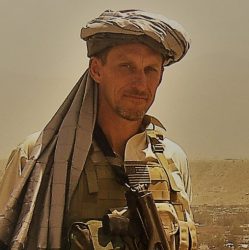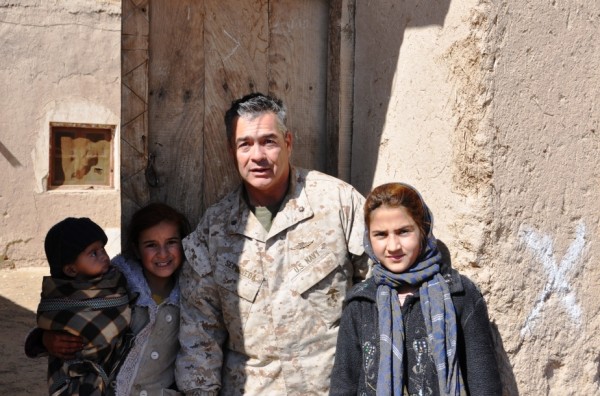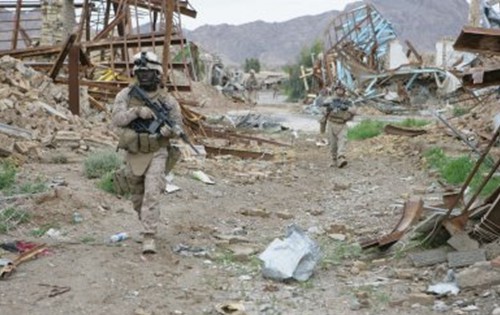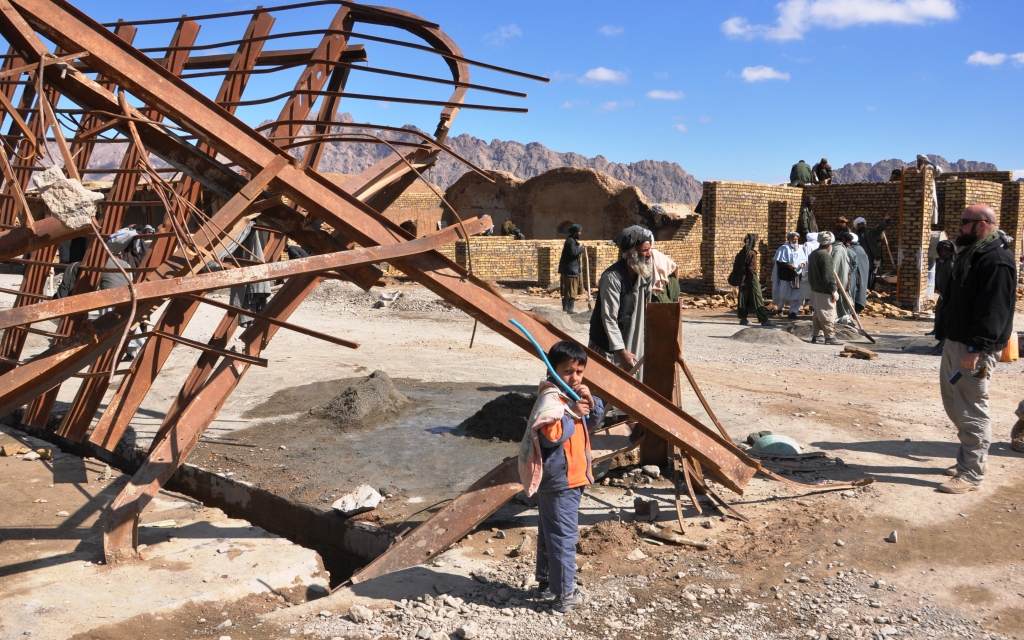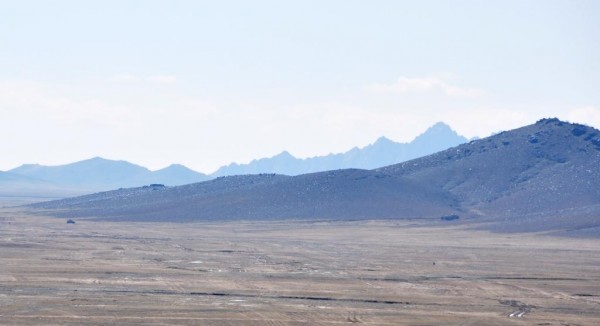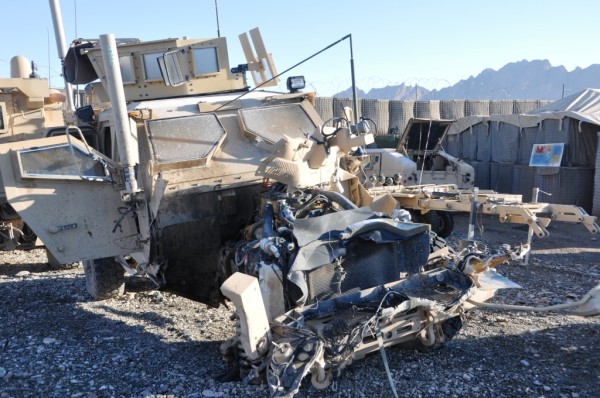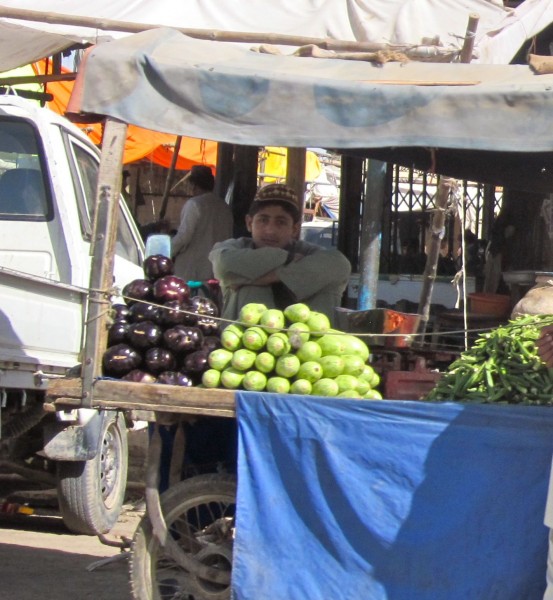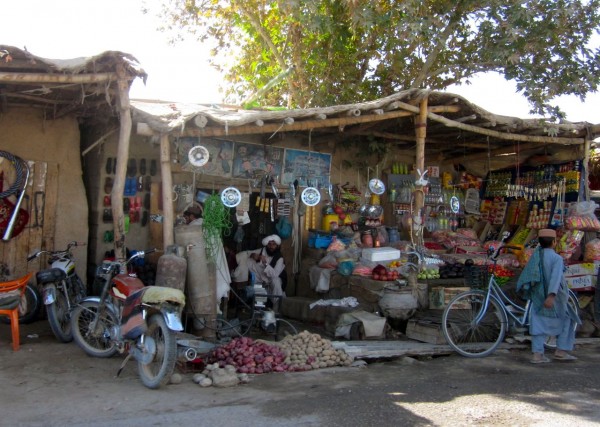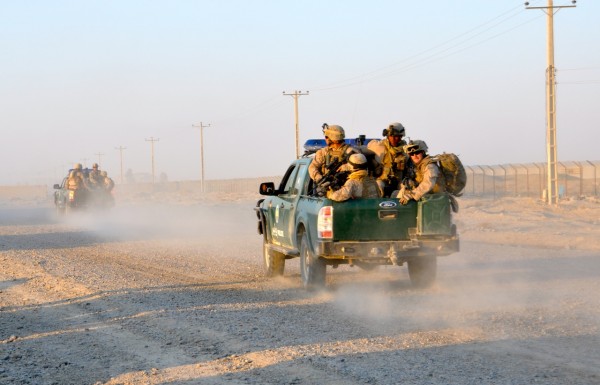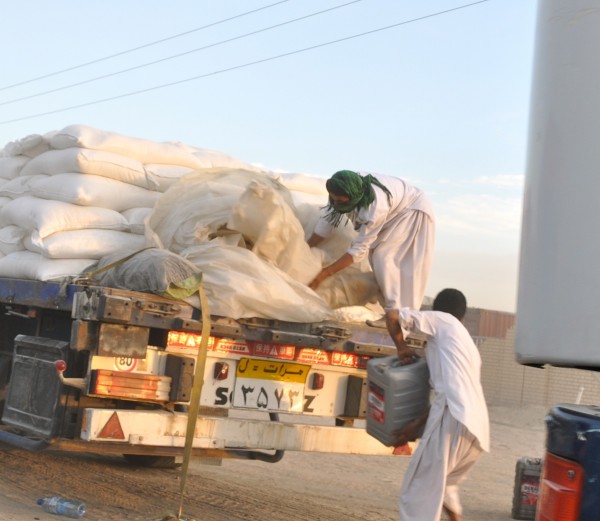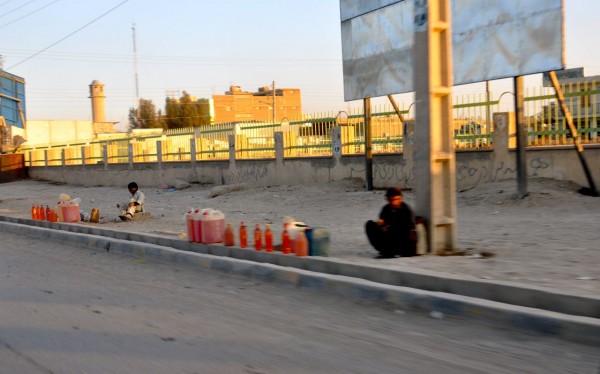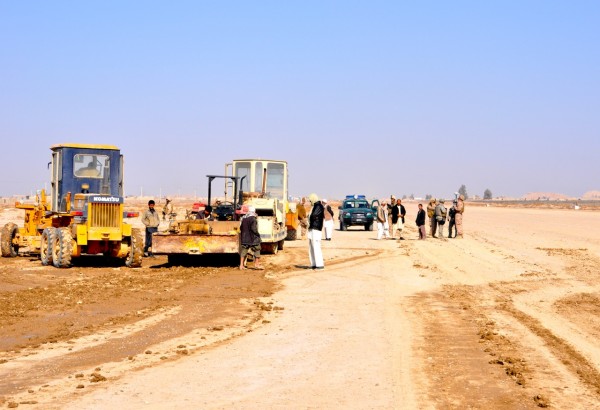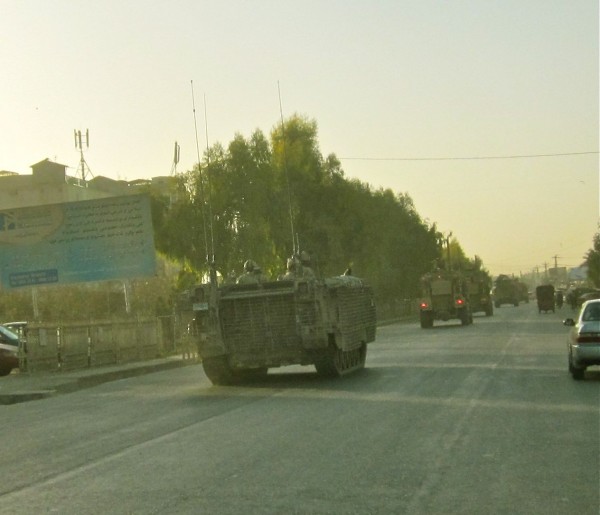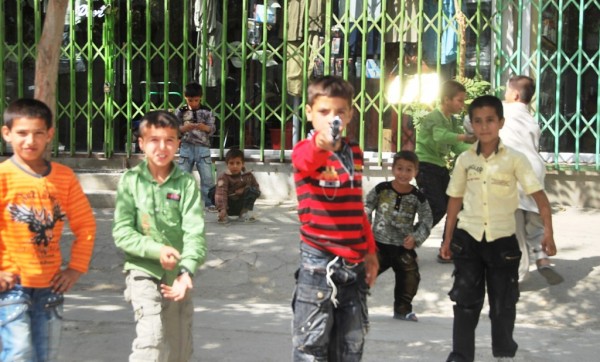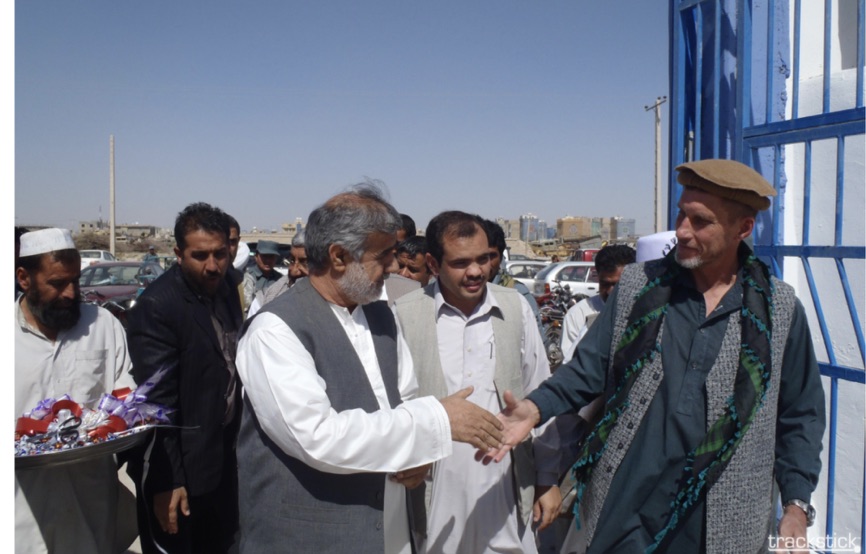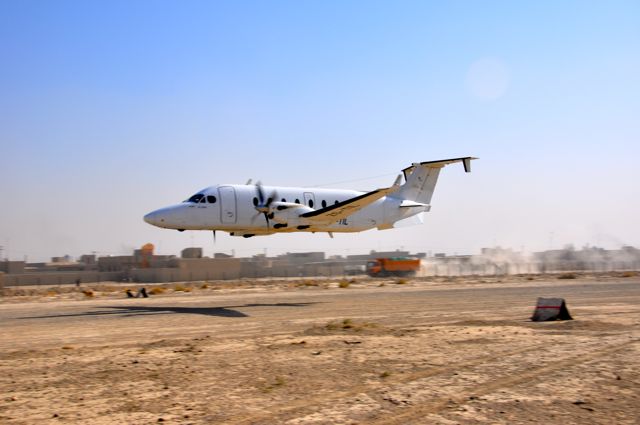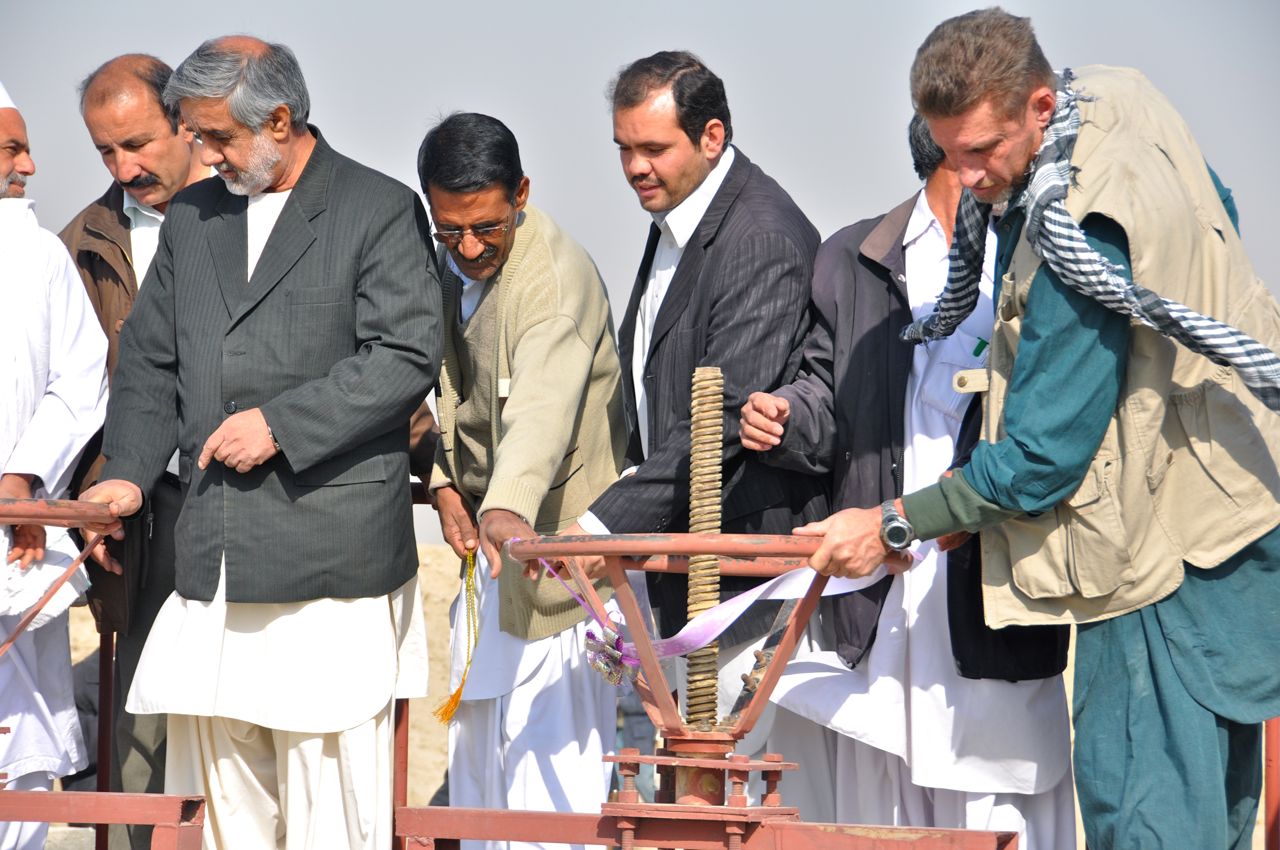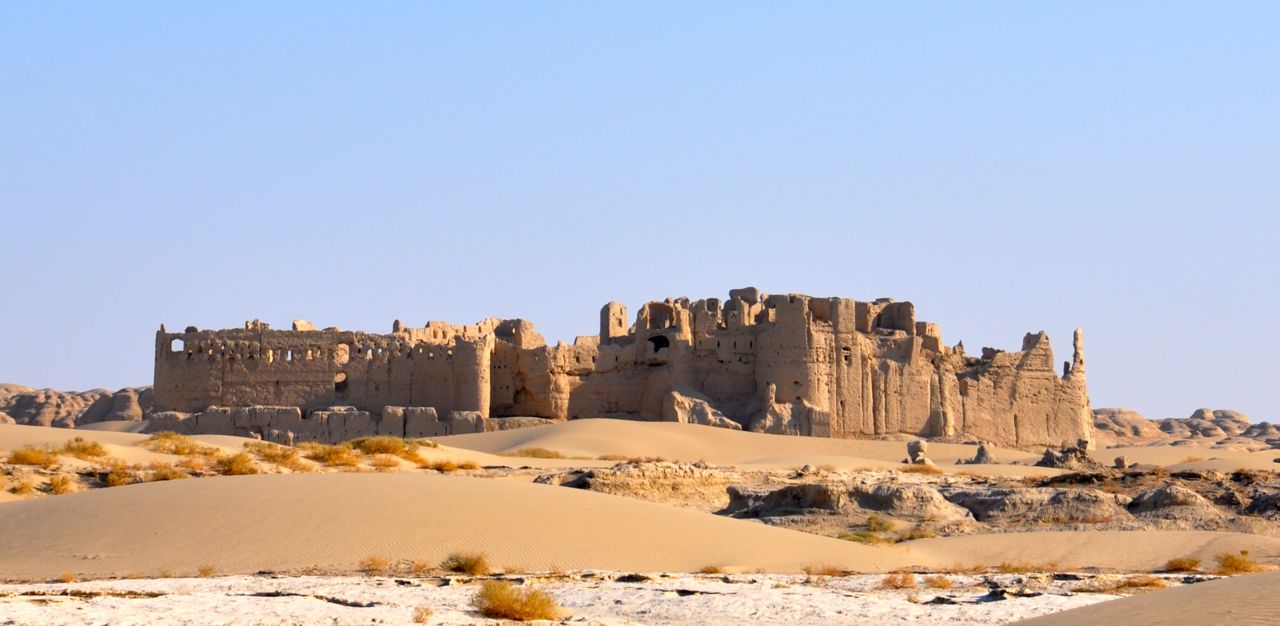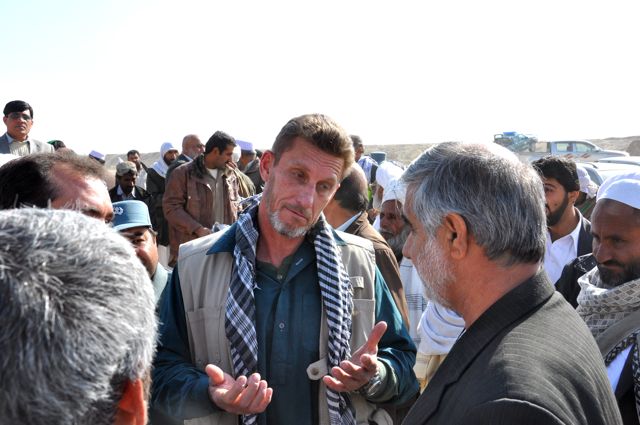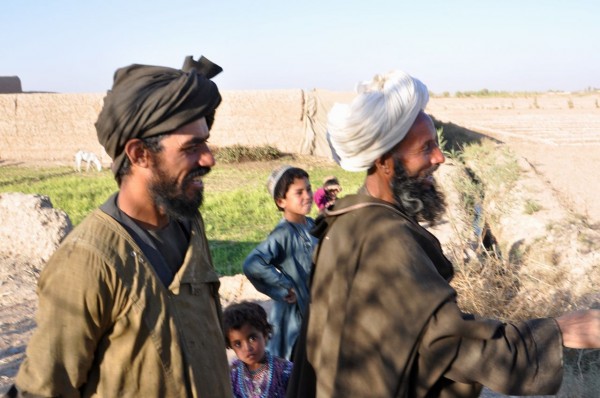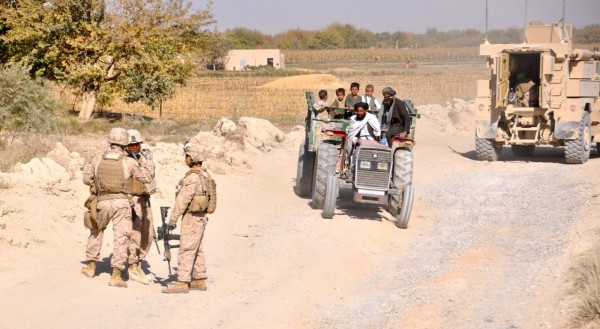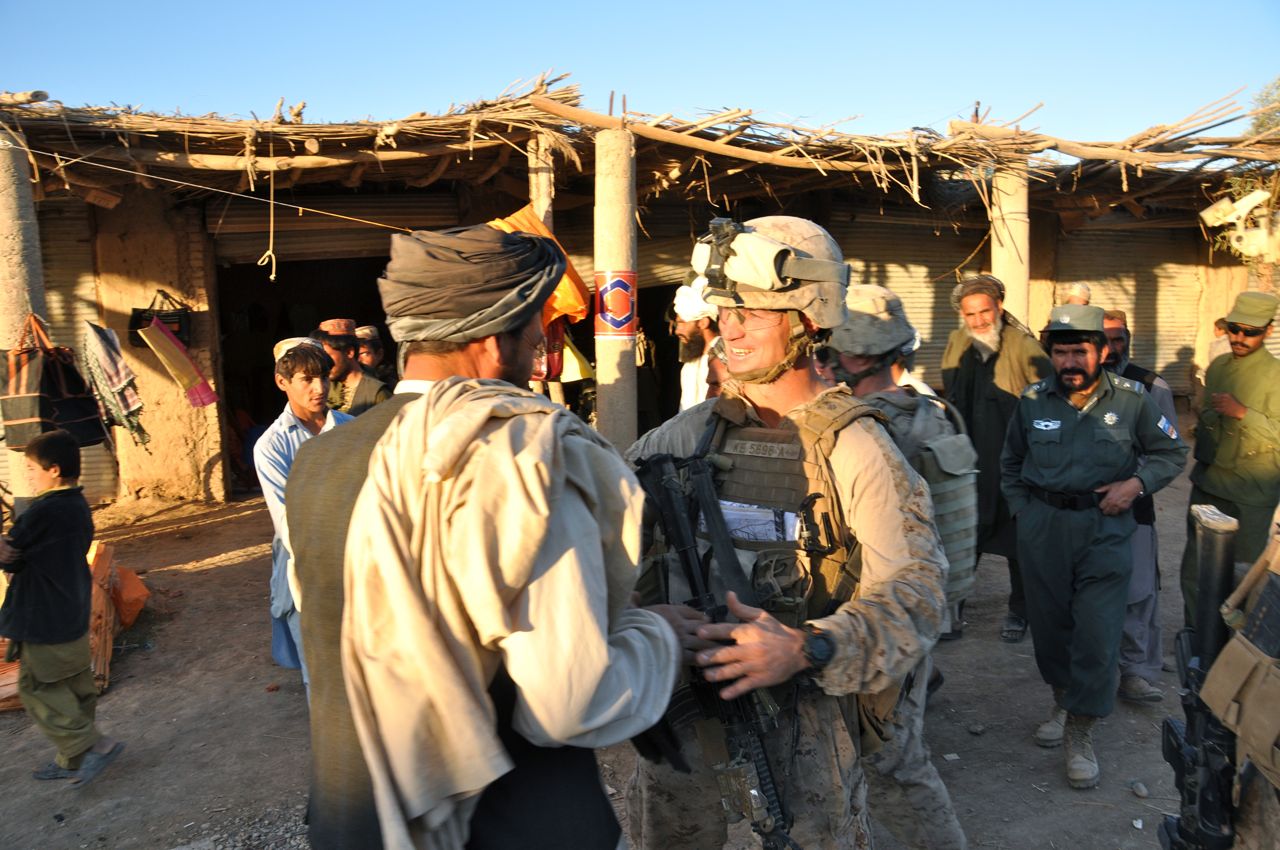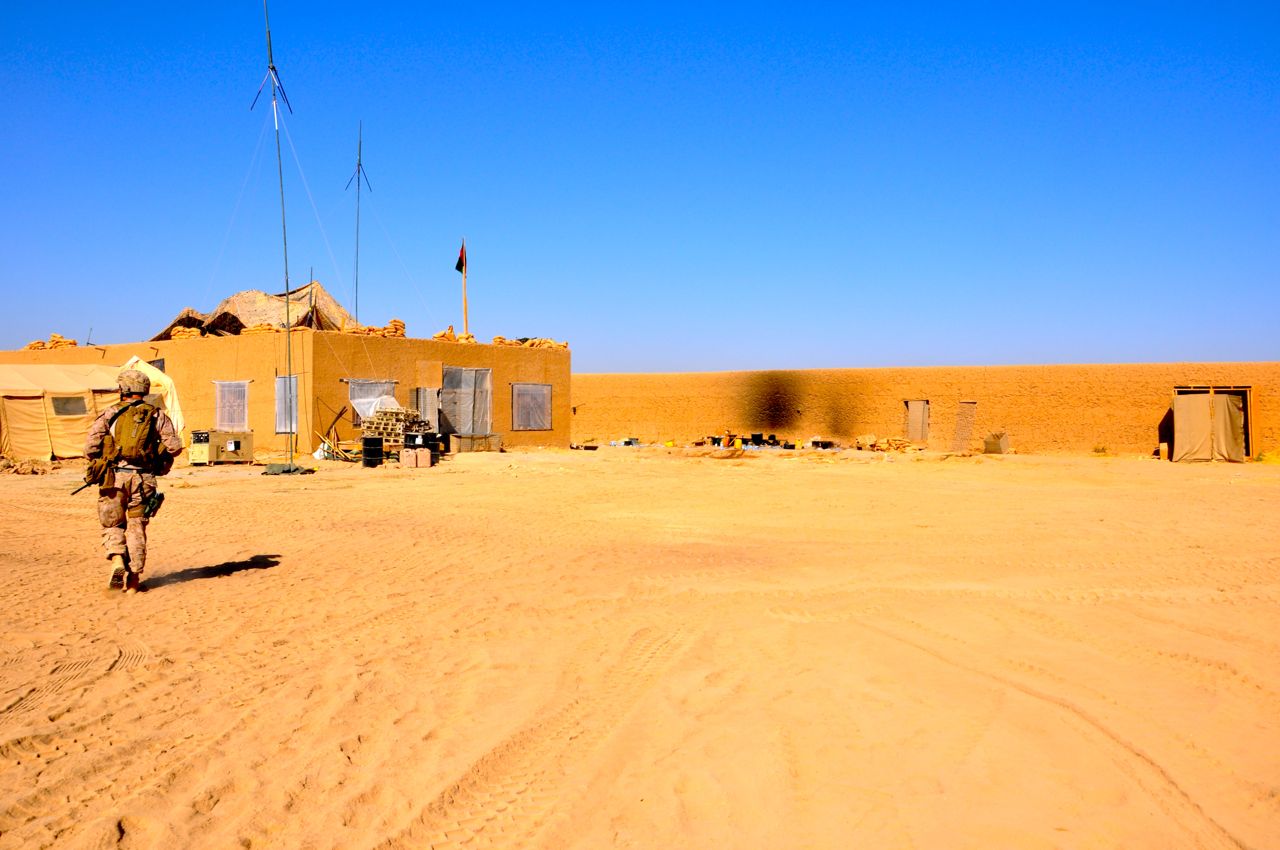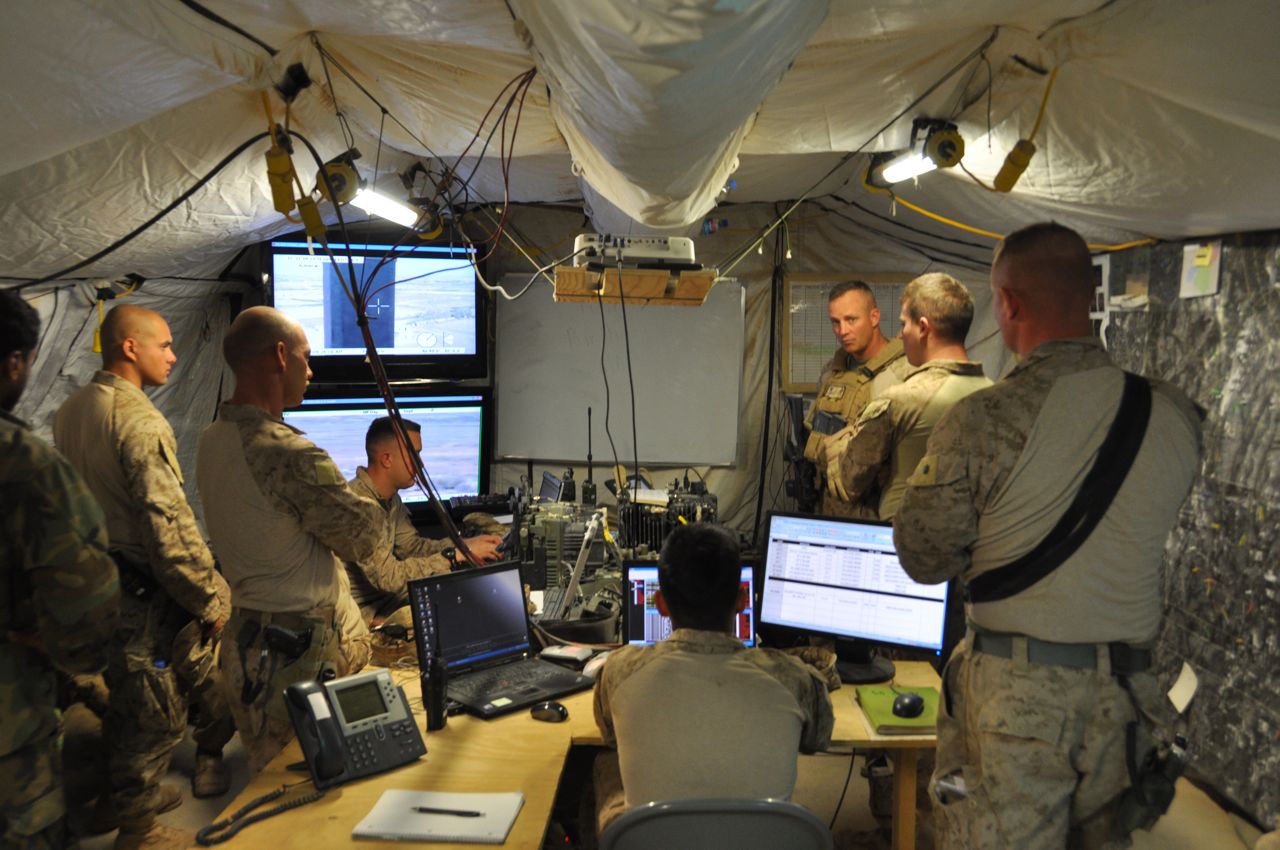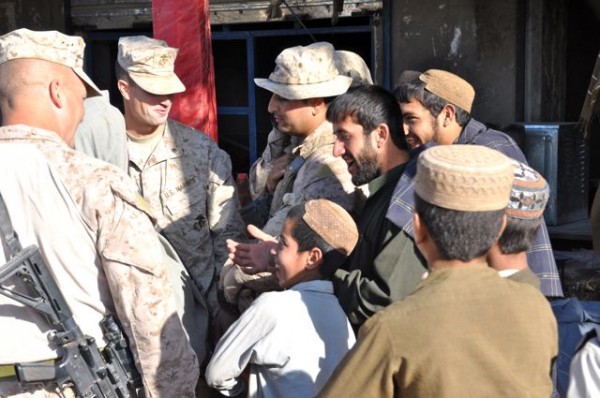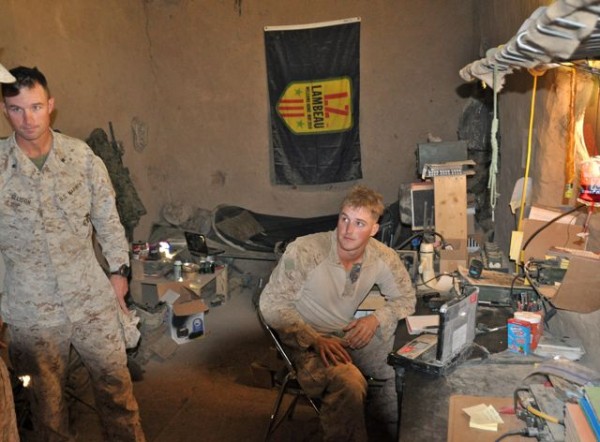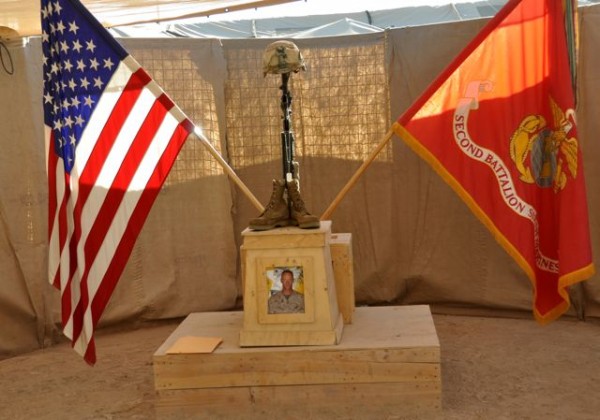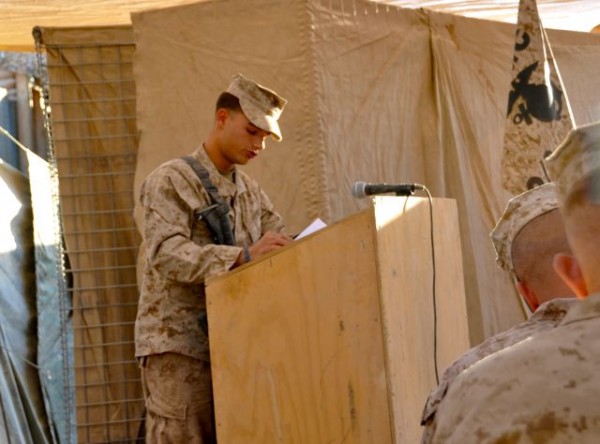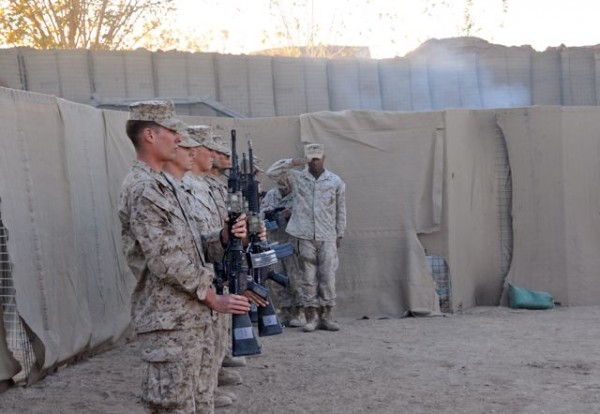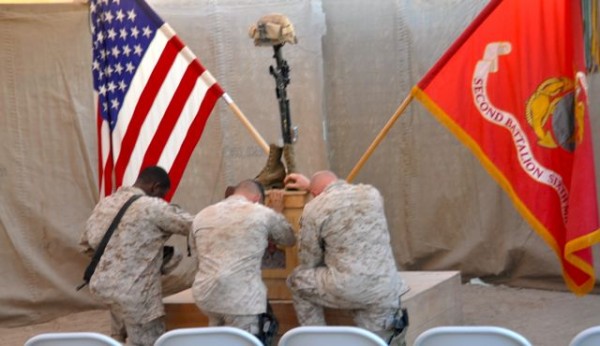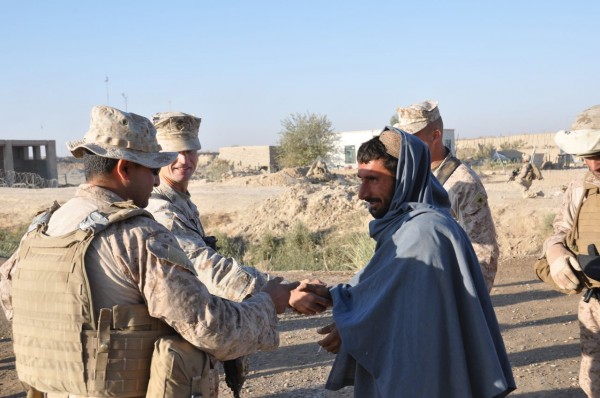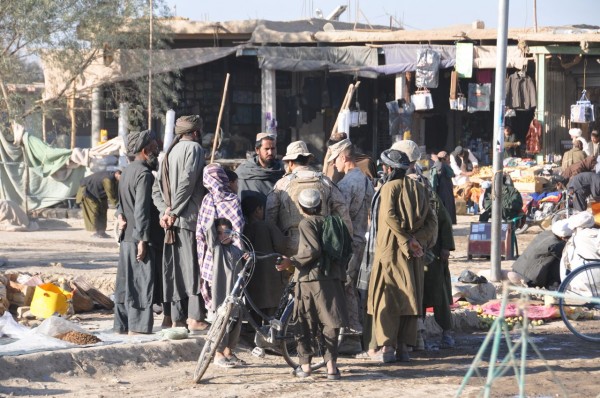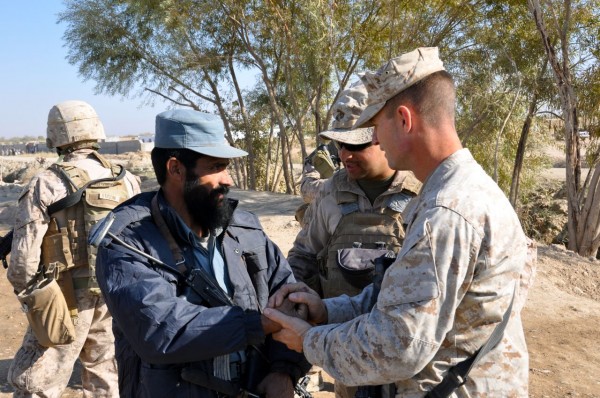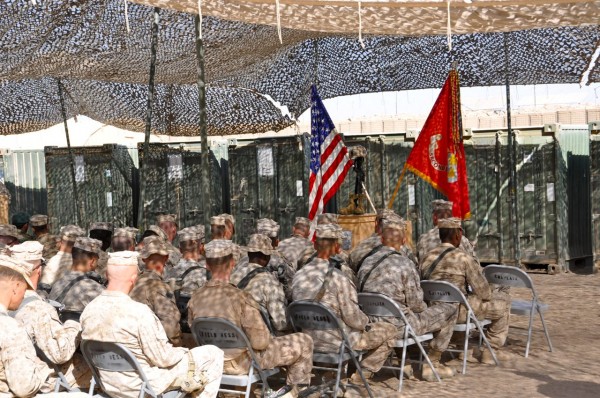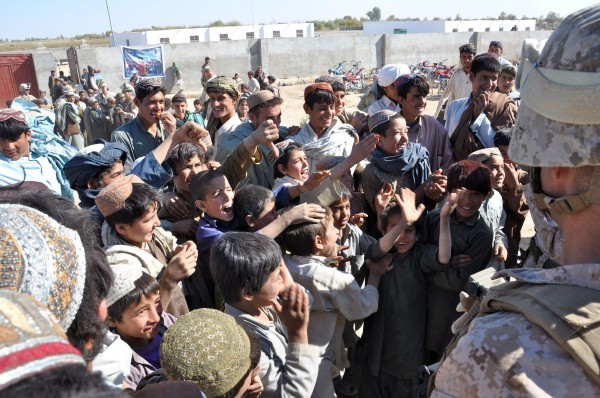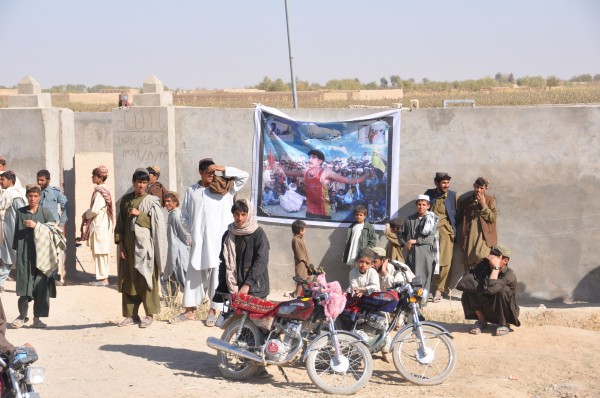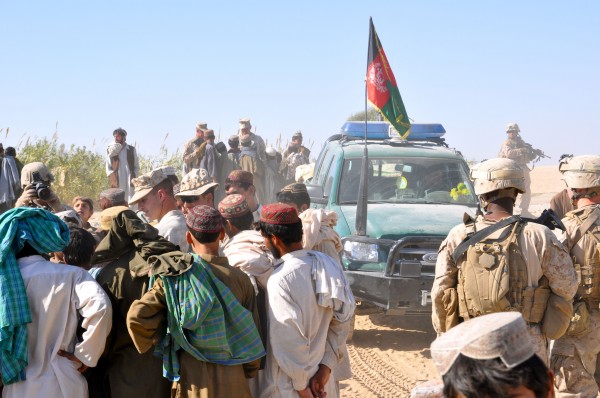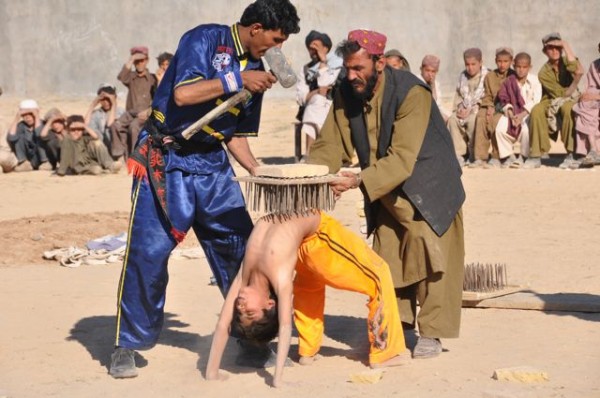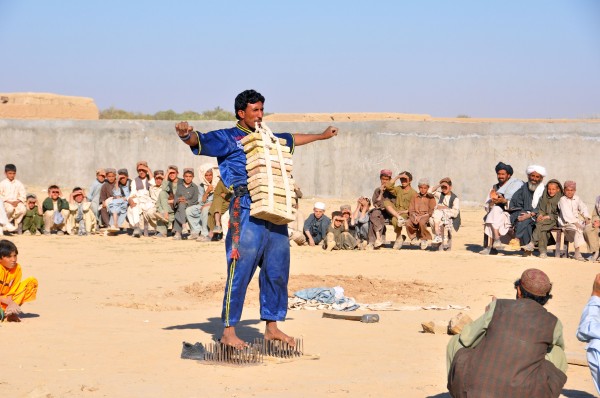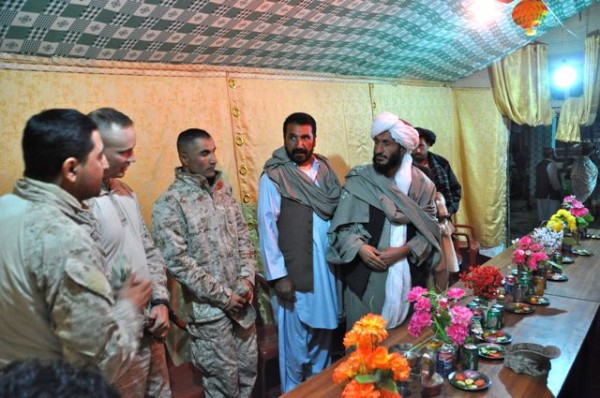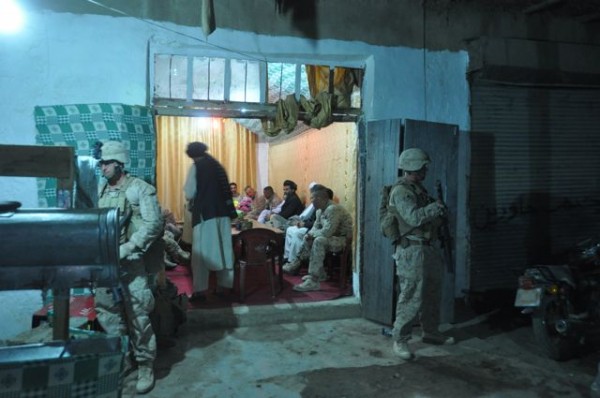Nothing will sour the morale of combat troops faster then the realization that the commander at the top receives frequent visits from the Good Idea Fairy. Which is a good start point for explaining why General Stanley A McChrystal took to the pages of Foreign Policy last week to explain the unexplainable. The story starts with McChrystal’s observation that the SF tier 1 guys found al Qaeda difficult to collect, fix and target because they were so decentralized. So McChrystal made up his own “network” and his centralized, vertically integrated, fixed chain of command network beat the AQI with their horizontally integrated decentralized chain of command. I’m not buying that about Iraq but the focus of the article was how this genius system was implemented in Afghanistan by the regular military and what do you know the “mo better” network has since delivered us the current spate of good news about the Taliban getting tired of fighting.
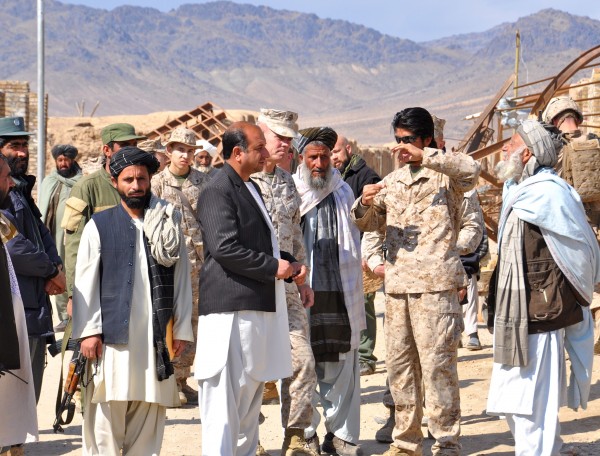
The article linked above and all the other recent reports stress that the rift between the Taliban fighters and their leaders who are safely ensconced in Pakistan stems from the losses being inflicted on them in the Helmand and Kandahar Provinces. The pressure being brought to bear on the fighting Taliban has very little (if anything) to do with the nighttime high speed low drag tier 1 special forces raids designed to “decapitate” Taliban leadership. The whole decapitation strategy is suspect as numerous observers have noted over these many years of SOF raiding and I ask again if somehow a military adversary managed to “decapitate” our leadership would we be weaker or stronger? Wait that is a stupid example and missing the point (as B correctly observed in the first comment on this post). The first commenter on Gen McChrystal’s article says it much better than I can:
This essay is interesting in that it describes an effort that for all its success was limited to an extremely small (and disproportionately resourced) line of operation. The author portrays this as an inclusive endeavor while it was decidedly not inclusive in many respects. My experience in working with the General’s Task Force is that it was the most difficult organization to work with in theater and it only functioned as a network if you or your organization were willing to completely subordinate yourself, your resources and your mission to his very narrow line of operation. Most of the time his line of operations, while very important, was not the primary or most important line in the country or region. In the end establishing the Iraqi government as legitimate and enabling its organs to function as designed proved to be the decisive operation
HVT raids do produce results but it seems to me that what has brought the fighting Taliban to their knees is hard fighting infantry who have moved in with the people and deprived the villains of maneuver room while killing ever increasing numbers of them using ROE completly different from the horseshit inflicted on them by McChrystal.
A great example of this would be Naw Zad which is currently home to the headquarters of Charlie Company 1st Battalion 8th Marines. The rest of the battalion is handling Musa Quala which, like Marjah, was infested with Taliban but is now safe enough for the battalion commander to walk around the bazaar without body armor and helmet. The Captain at Naw Zad (and he’s there on his own because he’s that good) is surrounded by Taliban. He has an area of influence which he is constantly expanding and he does this with aggressive patrolling. He has the clearance to shoot 60mm mortars and run rotary wing CAS guns (Cobra or Apache gunships employing their guns only; rocket or Hellfires have to be cleared) without coordinating with his battalion COC. He has no problems at all with the current rules of engagement and has never been denied fires when he has asked for them. He doesn’t get second guessed, he doesn’t get micro managed and his example is proof that the rules of engagement have been “re-defined” radically. For readers who are not familiar with how badly McChrystal’s ROE hampered forces in the field read this recent post by Herschel Smith on Ganjgal. Success in the South has nothing to do with ninja night raids and placing a good percentage of the tactical intelligence piece behind a classified curtain where only the tier 1 headhunters can use it.
I was able to spend a lot of time talking with the officers and men currently serving in Naw Zad and here is what they bitch about: They don’t like the weight they are forced to carry and strongly feel the use of body armor should be determined by the mission and enemy. Wearing it in blistering heat or while climbing the massive mountains is so physically debilitating that they have felt on several occasions that they were unable to defend themselves. Many of their Marines are suffering chronic stress fractures, low back problems as well as hip problems caused by carrying loads in excess of 130 pounds daily. “We’re fighting the Mothers of America” said one; if we lose a Marine and he was not wearing everything in the inventory to protect him that becomes the issue. Trying to explain that we have removed the body armor to reduce the chances of being shot is a losers game because you can’t produce data quantifying the reduction in gun shot wounds for troops who remain alert and are able to move fast due to a lighter load. We are all required to read Soldier’s Load and the Mobility of a Nation but it is clear nobody understands it.
I used to bitch about the same thing 20 years ago and it is reassuring for us old timers to see some things never change. It is also really nice to hear that the bitching is not about restrictive ROE and meddling from on high which is all my old buddy Jeff Kenney talked about while leading the Eastern Region ANA embedded training team. His Marines were the ones killed at the Ganjgal fight and let me tell you something – he was bitter to the point of despair about it but sucked it up because that is what high caliber professionals do in this business.
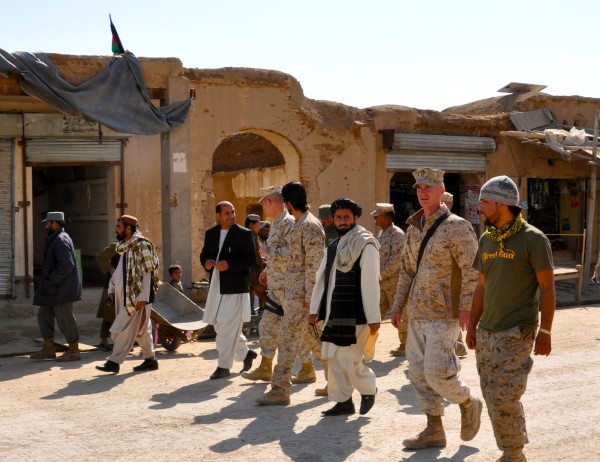
Captain Ben Wagner, the CO of C1/8 is one of the many young officers in the Corps born of battle. He was a rifle platoon commander in the first battle for Fallujah. He lost a lot of Marines and had to halt the attack and pull back an experience which no doubt left a deep impression. He told me (paraphrasing here folks as I’m not a great note taker)
“I can push north or south and run into Taliban controlled villages who will put up a stiff fight but I don’t want to fight for something I can’t hold. Instead of focusing on the Taliban we focus on the population which is why it is so busy around here at night. We patrol every night using machineguns and sniper teams in the mountains for overwatch. In the morning at first prayer we make it a point to walk past the mosque in whatever village complex we were working the night before. The message is simple; you guys can sleep tight because we’re out every night all night watching over you.”
During the time I spent in Naw Zad over 200 famlies came into the Marines zone of influence from Taliban controlled territory. I wanted to talk tactics and hear war stories but all the Marines wanted to talk about was reconstruction. They have cleared more bad guy territory then anyone thought possible and now the entire 1st Division is focused on getting the economy going so they can move on.
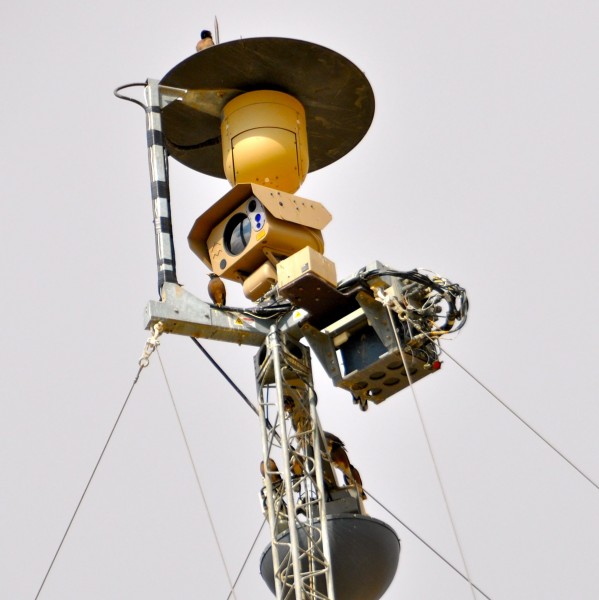
And guess what? Move on they shall because we are apparently finishing up with the “stability” phase and moving onto the “transition” phase of the Afghanistan campaign right on schedule. This move is based on the successes of the past year along with glowing assessments of progress across the board for all ANSF organizations. One of the Chim Chim’s was in the VTC where this was announced so I’m getting the scoop first hand. There has been real progress made over the past year yet most of that progress is limited to two southern provinces. While Chim Chim was listening in to the announcement of transition from on high suicide bombers were attacking the Jalalabad branch of the Kabul bank just over a mile away. In Jalalabad City the Provincial Council has laid siege to the Governors Compound, bussed in armed supporters from the various warlord factions for some low scale rioting, launched a half ass RPG attack at the PRT compound last Thursday night just to let the Americans know they are unhappy and demanded that Gov Sherzai go away because all the promised swag for not growing poppy never materialized. None of this chaos seems to be of any concern to the army brigade stationed in Jalalabad because they have a network.
They have a giant SIPR network full of the latest “classified” intelligence. You have to be a special cleared person to see “classified” intelligence which is much better than unclassified intelligence because…. well … cleared people put it into the system and they are smarter than everyone else because they’re cleared. The situation in Jalabad is a perfect example of McChrystal’s network in action. The network is reality for the army in the east and if the drama happening just a few miles away isn’t on the network they don’t have to respond to it. See how fiendishly clever McChrystal was? Let me provide a hypothetical example and I stress hypothetical as I have no idea how these systems function but have spent years observing the “effects based” results.
ISAF watch officer: “Hey Pecan Pie we’re hearing Karzai is sending a 10 man delegation to diffuse the armed standoff outside the Governor’s compound to stop the Provincial Council from throwing the Gov out and naming one of the warlords as governor”
Duty Officer Pecan Pie: “What’s the date time group on the message about armed groups outside the Governor’s compound?”
Watch Officer: “There is nothing in the system on it; my terps are watching footage from earlier this afternoon on Tolo TV News.”
DO Pie: “If there is nothing on this in the system what do you want me to do?”
Watch Officer “Oh I dunno; but if Governor Sherzai gets thrown out of the province and decides to return home to Kandahar where he will have to re-arm and re-fit his militias to protect hismself from Karzai’s brother I bet a lot of stuff will be in the system along with the words “incompetent, catastrophe, and who is responsible”.
DO Pie: “Well that is as it should be I guess but I’m reviewing my commanders instant action matrix and there is nothing in it about the overthrow of a governor by the Provincial Council; my intel section has gone up as high as “Oracle” level but found nothing about this so called news story although we can see a lot of armed people in the streets with our UAV’s but again nothing in the system to tell us what it all means.”
Networks are modern fool’s gold for ground commanders; networks promise to do the heavy lifting while you sit back on the FOB eating the pecan pie. The only way to get the intelligence required to do COIN is by getting it yourself. Every infantry commander worth his pay knows this which is why they (on the rare occasions such things happen) are drop jawed stunned when useable intel filters down to them from on high. It doesn’t take a network – it takes somebody with a clue, lots of good infantry, and the intestinal fortitude to take tactical risks for strategic gain. That last trait is the exact opposite of having the intestinal fortitude to cover up the friendly fire death of a former NFL player with a silver star and concocted heroic story. I wish McChrystal would have the decency to act as an old general should and just fade away.

